Overview
Welcome to the Near-Field Cosmology Research Group at UVa Astronomy. A primary goal of this group is to test the concordance Lambda (dark energy) + cold dark matter (LCDM) theory on small scales where tension between theory and data are mounting, i.e., in the Local Group, consisting of the Milky Way, Andromeda, and their satellite populations.

At the 2019 PECASE award ceremony, with Dr. Kelvin Droegemeier, Director of the White House Office of Science and Technology Policy (Photo credit: Donica Payne).
Personnel
Faculty
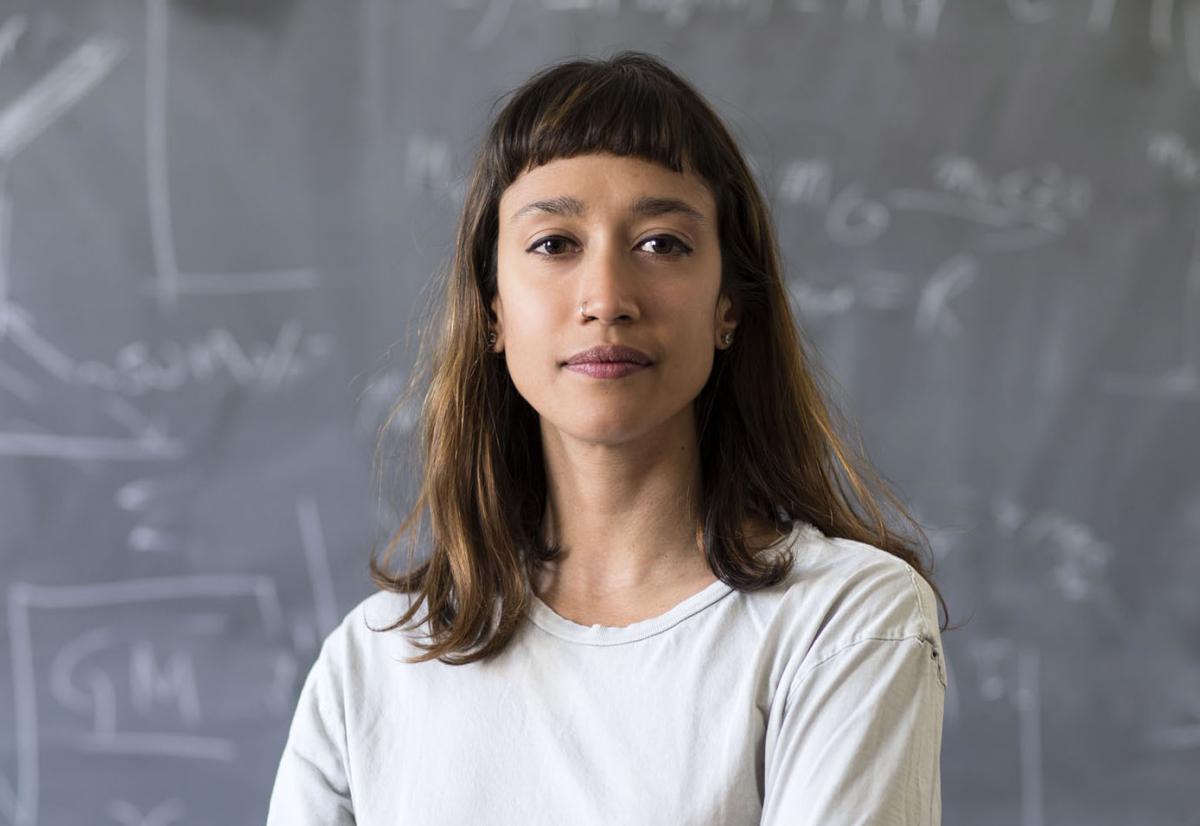
Nitya Kallivayalil
Associate Professor
Nitya is an associate professor in Astronomy. She graduated from Mount Holyoke College where she majored in Physics, and earned a Ph.D in Astronomy from Harvard University. Before coming to UVa in 2013, she was a Pappalardo Fellow at MIT and a Prize Fellow at the Yale Center for Astronomy & Astrophysics. CV
Post-Doctoral Fellows

Chris Garling
Chris Garling is the Near-Field Cosmology Prize Research Associate at the University of Virginia. He received his Bachelor's degree from Haverford College where he worked with Beth Willman on variable stars in the Hercules ultra-faint dwarf galaxy. He subsequently earned his PhD from Ohio State, where he worked with Annika Peter on observational and theoretical aspects of near-field cosmology, focusing on low-density environments. Chris is interested in what low-mass dwarf galaxy systems can teach us about fundamental astrophysics like star formation (for example, the stellar-mass-halo-mass relation) and cosmology (for example, the halo and subhalo mass functions). He will explore these topics and others with Professor Nitya Kallivayalil using data from HST and JWST in conjunction with theoretical interpretation using semi-analytic models and cosmological simulations.
Graduate Students
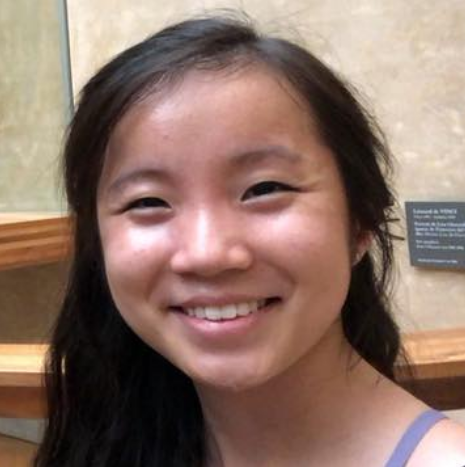
Hannah Richstein
Hannah is a fifth-year graduate student in the Department of Astronomy at the University of Virginia. She received a B.S. in Astronomy and Physics from Texas Christian University where she worked on interacting galaxies with data from the SDSS MaNGA survey. Her current research focuses on using deep HST photometry to study the stellar populations of ultra-faint dwarf galaxies in the Local Group. CV

Jack Warfield
Jack is a third-year graduate student in the Department of Astronomy at the University of Virginia. He received a B.S. in Physics and Astrophysics and Astronomy from the Ohio State University where he worked on asteroseismology using data from the APOGEE survey. His current research focuses on using data from the Hubble Space Telescope to study the dynamics of Milky Way and Andromeda satellites.
Undergraduate Students
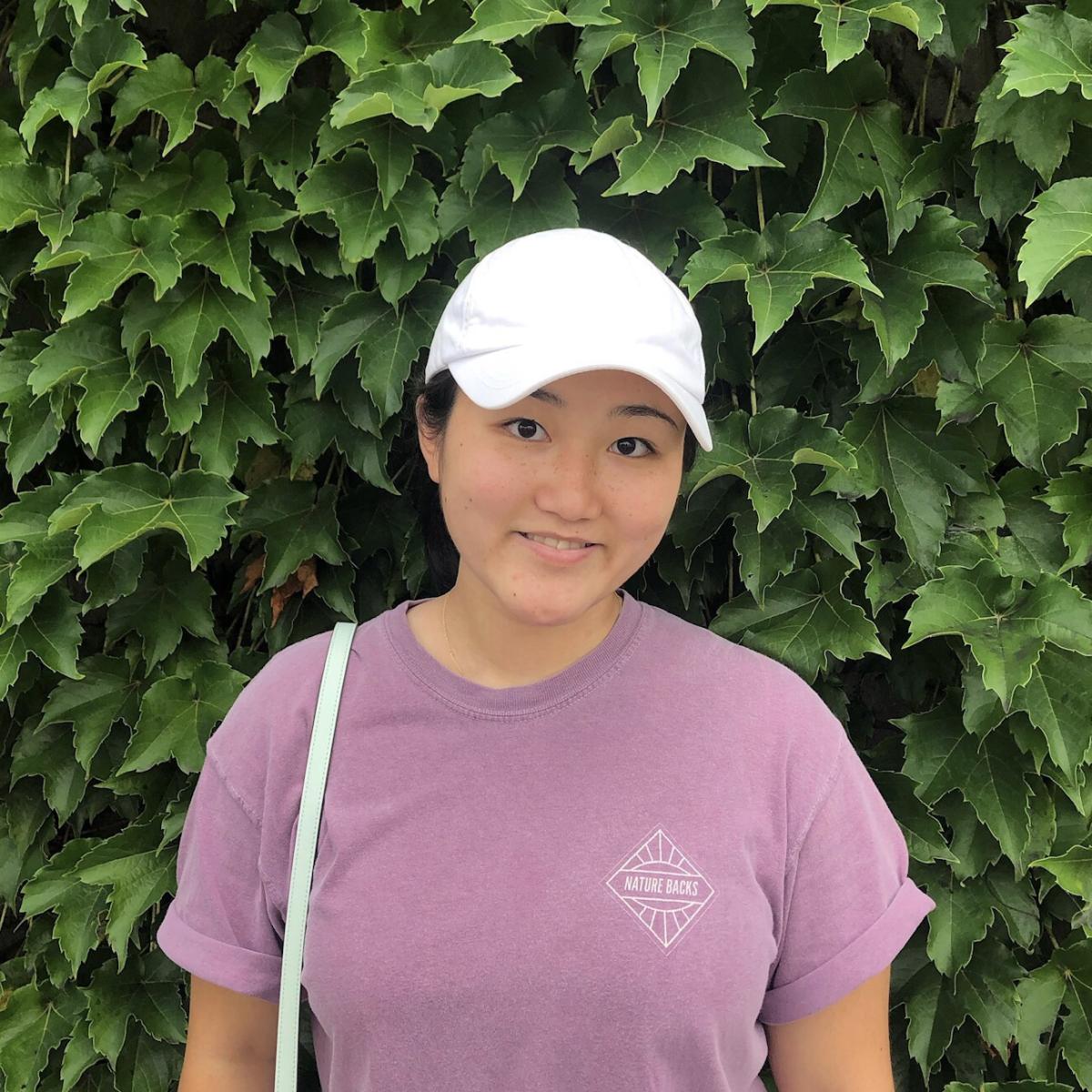
Leslie Kim
Leslie is a second-year undergraduate student at the University of Virginia. She is working towards a B.S. in astrophysics on a pre-med track. Her current project focuses on compiling data on Andromeda satellite galaxies.
Previous Members

Paul Zivick
Paul defended his PhD at the University of Virginia in the Spring of 2020. For his dissertation, Paul focused primarily on characterizing and building models to describe the kinematic structure of the Small Magellanic Cloud using a combination of space-based data from HST and the Gaia Space Telescope and ground-based spectroscopic data from the APOGEE survey. He was then a postdoctoral research associate at Texas A&M University working with Louis Strigari and Jennifer Marshall on studying the internal kinematics of nearby dwarf galaxies. Paul is now in the field of data science.CV
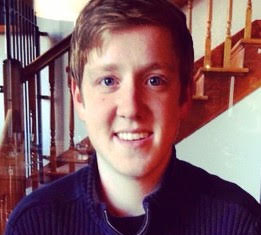
Sean Linden
Sean defended his PhD at the University of Virginia in the Spring of 2020. He is now a postdoctoral researcher at the University of Massachusetts Amherst working with Daniela Calzetti on studies of nearby galaxies. At UVa Sean primarily studied the star formation properties of Luminous and Ultra-Luminous Infrared Galaxies (U/LIRGs) at high-resolution with HST, VLA, and soon JWST (Hopefully!). Sean has also worked to develop a Source Extractor+PSFeX python-based codes to produce model PSF grids and photometry for any ground-based AO system. CV

Tobias Fritz
Tobias was a postdoc and the PI of the Gemini Large program GS-2014B-LP-2. In addition he used other facilities like the LBT to obtain proper motions of globular clusters and dwarf galaxies. He worked with the group for four years, then went on to a Fellowship at the IAC in the Canary Islands. CV
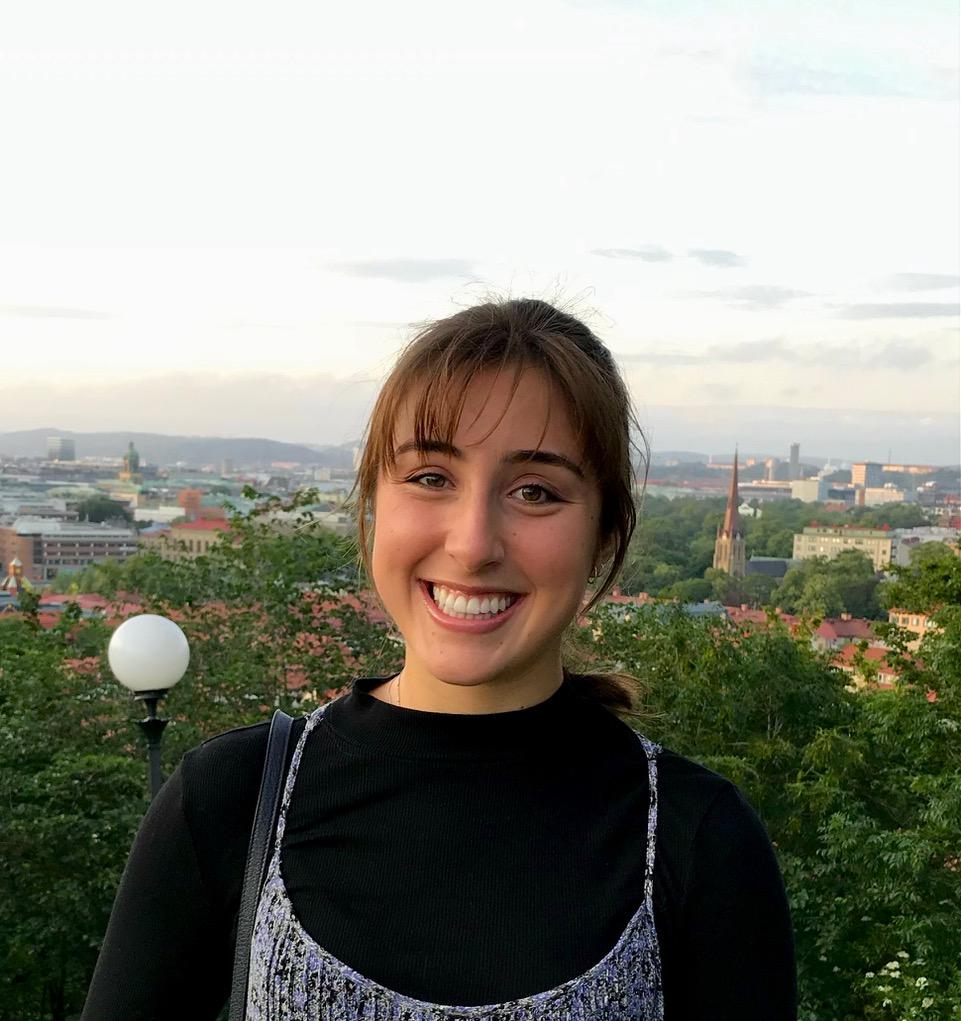
Madeline Gyllenhoff
Madeline graduated from the University of Virginia in Spring 2022, receiving her B.S. in Astronomy-Physics with a minor in Computer Science. Her research focused on computational analysis of the morphology of ultra-faint dwarf galaxies using data from the Hubble Space Telescope.

Hannah Woodward
Hannah graduated from the University of Virginia in Spring 2022 with a B.S. in Astrophysics. She worked with the Satellites Around Galactic Analogs (SAGA) team to characterize hosts in nearby satellite systems.
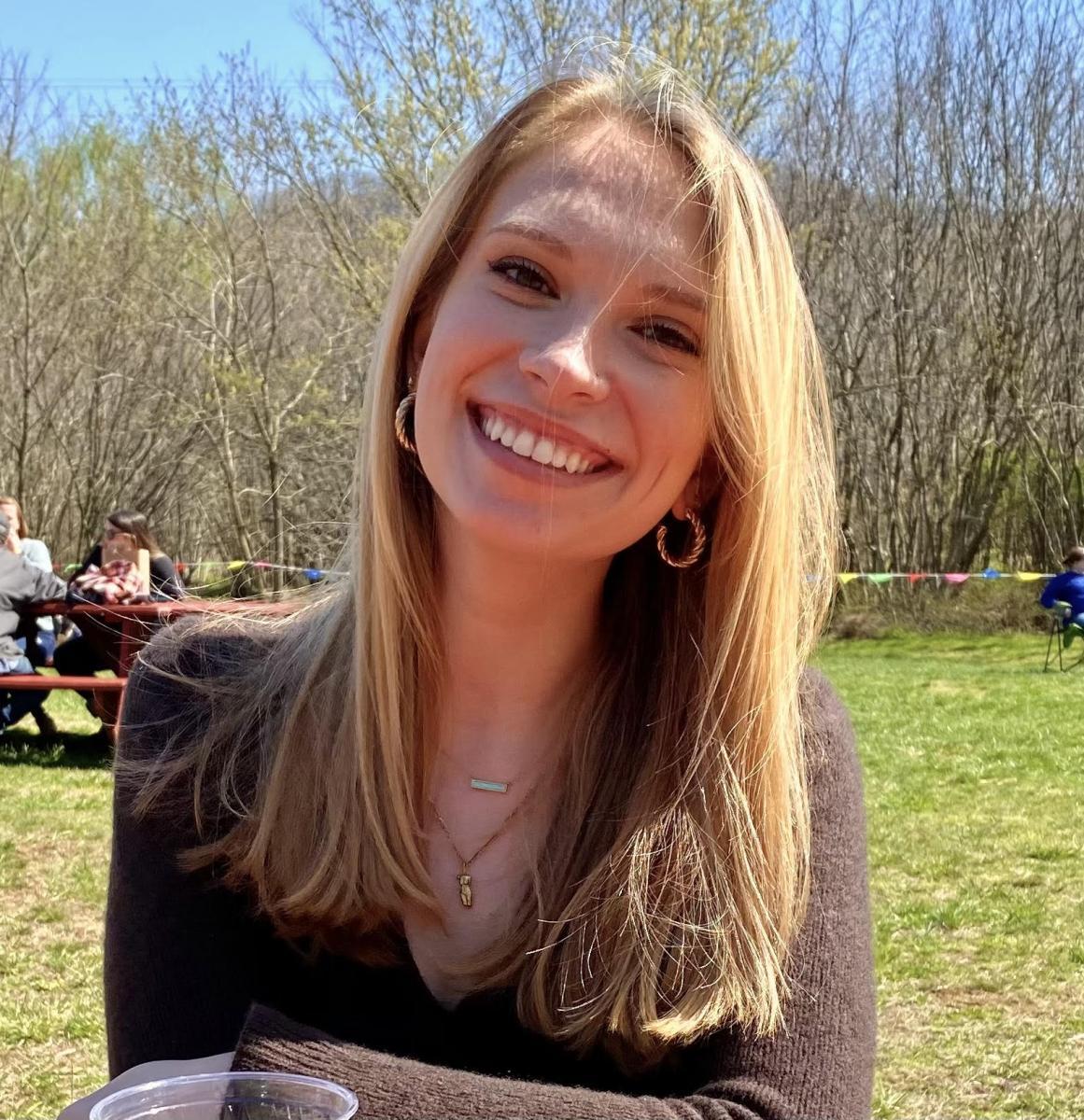
Molly Childers
Molly graduated from the University of Virginia in Spring 2021, receiving degrees in Astronomy and Computer Science. For her senior thesis, she studied the morphologies of ultra-faint dwarf galaxies as a window into the dark matter universe and galaxy formation.

Martine Lokken
Martine Lokken graduated from the University of Virginia in Spring 2018 with a B.S. in Astronomy and Physics, she hopes to pursue a career in research, potentially in the field of cosmology. She is now attending the University of Toronto for graduate school

Sam Welch
Sam graduated from the University of Virginia with his B.A. in Astronomy and his B.A. in Computer Science. His research focused on analyzing clusters in the Small Magellanic Cloud using proper motions and other data from Gaia.
Past students: Dylan Angell, Alex Bixel, Melanie Grierson, Lucas Beane, Joy Skipper, Danny Devlin
News
- We'd like to extend a warm welcome to our new Near-Field Cosmology Fellow, Chris Garling!
- We're involved in an Early Release Science (ERS) program with JWST! Here's an update on how that's going:
Recent Projects
The Dual Role of Outflows in Quenching Satellites of Low-Mass Hosts: NGC 3109
While dwarf galaxies observed in the field are overwhelmingly star-forming, dwarf galaxies in environments as dense or denser than the Milky Way are overwhelmingly quenched. In this paper, we explore quenching in the lower density environment of the Small-Magellanic-Cloud-mass galaxy NGC 3109 ( M∗∼108M⊙ ), which hosts two known dwarf satellite galaxies (Antlia and Antlia B), both of which are HI deficient compared to similar galaxies in the field and have recently stopped forming stars. Using a new semi-analytic model in concert with the measured star formation histories and gas masses of the two dwarf satellite galaxies, we show that they could not have been quenched solely by direct ram pressure stripping of their interstellar media, as is common in denser environments. Instead, we find that separation of the satellites from pristine gas inflows, coupled with stellar-feedback-driven outflows from the satellites (jointly referred to as the starvation quenching model), can quench the satellites on timescales consistent with their likely infall times into NGC 3109's halo. It is currently believed that starvation is caused by "weak" ram pressure that prevents low-density, weakly-bound gas from being accreted onto the dwarf satellite, but cannot directly remove the denser interstellar medium. This suggests that star-formation-driven outflows serve two purposes in quenching satellites in low-mass environments: outflows from the host form a low-density circumgalactic medium that cannot directly strip the interstellar media from its satellites, but is sufficient to remove loosely-bound gaseous outflows from the dwarf satellites driven by their own star formation.
Research Papers
HubPUG: Proper Motions for Local Group Dwarfs observed with HST utilizing Gaia as a Reference Frame
We present the method behind HubPUG, a software tool built for recovering systemic proper motions (PMs) of Hubble Space Telescope (HST) fields with two epochs of observations by utilizing stars observed by Gaia as a foreground frame of reference. HST PM experiments have typically relied on the use of distant background galaxies or quasi-stellar objects (QSOs) as stationary sources against which to measure PMs. Without consistent profiles, background galaxies are more difficult to centroid, but benefit on-aggregate from their large numbers. QSOs, though they can be fit with stellar point-spread functions, are sparse, with most fields containing none. Historically, the use of stars as references against which to measure PMs would have been difficult because they have individual PMs of their own. However, Gaia has now provided positions and PMs for over 1.4 billion stars, which are much more likely to be well-imaged in the fields around targets versus background sources, have predictable stellar profiles, and require less observing time per-image for good signal-to-noise. This technique allows us to utilize the power of Gaia to measure the PM of targets too faint for Gaia to observe itself. We have recovered PMs for the Milky Way satellites Sculptor and Draco with comparable uncertainties over HST-only and Gaia-only measurements, limited primarily by the current capabilities of the Gaia data. We also show the promise of this method for satellites of M31 with a new PM measurement for Andromeda VII.
Research Papers
Structural parameters and possible association of the Ultra-Faint Dwarfs Pegasus III and Pisces II from deep Hubble Space Telescope photometry
We present deep Hubble Space Telescope (HST) photometry of the ultra-faint dwarf (UFD) galaxies Pegasus III (Peg III) and Pisces II (Psc II), two of the most distant satellites in the halo of the Milky Way (MW). We measure the structure of both galaxies, derive mass-to-light ratios with newly determined absolute magnitudes, and compare our findings to expectations from UFD-mass simulations. We do not find any morphological features that indicate a significant interaction between the two has occurred, despite their close separation of only ~40 kpc. Using proper motions (PMs) from Gaia early Data Release 3, we investigate the possibility of any past association by integrating orbits for the two UFDs in a MW-only and a combined MW and Large Magellanic Cloud (LMC) potential. We find that including the gravitational influence of the LMC is crucial, even for these outer-halo satellites, and that a possible orbital history exists where Peg III and Psc II experienced a close ~10-20 kpc) passage about each other just over ~1 Gyr ago, followed by a collective passage around the LMC (~30-60 kpc) just under ~1 Gyr ago. Considering the large uncertainties on the PMs and the restrictive priors imposed to derive them, improved PM measurements for Peg III and Psc II will be necessary to clarify their relationship. This would add to the rare findings of confirmed pairs of satellites within the Local Group.
Research Papers
Star Formation Histories of Ultra-Faint Dwarf Galaxies: environmental differences between Magellanic and non-Magellanic satellites?
We present the color-magnitude diagrams and star formation histories (SFHs) of seven ultra-faint dwarf galaxies: Horologium 1, Hydra 2, Phoenix 2, Reticulum 2, Sagittarius 2, Triangulum 2, and Tucana 2, derived from high-precision Hubble Space Telescope photometry. We find that the SFH of each galaxy is consistent with them having created at least 80% of the stellar mass by z~6. For all galaxies, we find quenching times older than 11.5 Gyr ago, compatible with the scenario in which reionization suppresses the star formation of small dark matter halos. However, our analysis also reveals some differences in the SFHs of candidate Magellanic Cloud satellites, i.e., galaxies that are likely satellites of the Large Magellanic Cloud and that entered the Milky Way potential only recently. Indeed, Magellanic satellites show quenching times about 600 Myr more recent with respect to those of other Milky Way satellites, on average, even though the respective timings are still compatible within the errors. This finding is consistent with theoretical models that suggest that satellites' SFHs may depend on their host environment at early times, although we caution that within the error bars all galaxies in our sample are consistent with being quenched at a single epoch.
Research Papers
Deciphering the Kinematic Structure of the Small Magellanic Cloud through its Red Giant Population
In Zivick, Kallivayalil, and van der Marel 2020, we present a new kinematic model for the Small Magellanic Cloud (SMC), using data from the \gaia\ Data Release 2 catalog. We identify a sample of astrometrically well-behaved red giant (RG) stars belonging to the SMC and cross-match with publicly available radial velocity (RV) catalogs. We create a 3D spatial model for the RGs, using RR Lyrae for distance distributions, and apply kinematic models with varying rotation properties and a novel tidal expansion prescription to generate mock proper motion (PM) catalogs. When we compare this series of mock catalogs to the observed RG data, we find a combination of moderate rotation (with a magnitude of ∼10−20 km/s at 1 kpc from the SMC center, inclination between ∼50−80 degrees, and a predominantly north-to-south line of nodes position angle of ∼180∼180 degrees) and tidal expansion (with a scaling of ∼10 km/s/kpc) is required to explain the PM signatures. The exact best-fit parameters depend somewhat on whether we assess only the PMs or include the RVs as a qualitative check, leaving some small tension remaining between the PM and RV conclusions. In either case, the parameter space preferred by our model is different both from previously inferred rotational geometries, including from the SMC HI gas and from the RG RV-only analyses, and new SMC PM analyses which conclude that a rotation signature is not detectable. Taken together this underscores the need to treat the SMC as a series of different populations with distinct kinematics.
Research Papers
Older Projects
Outreach and Summer Research Programs
A Message of Solidarity to our REU students:
We stand in solidarity with you all at this horribly distressing time. Systemic racism pervades the institutions in this country, not just the criminal justice system, but also academia. We realize that this is just another statement that will not change the fundamental issues, but it comes from the heart. We are deeply moved by the call to action that has been answered by your generation. We must ensure its lasting legacy by changing the make-up of people with power in these institutions, including scientists, engineers, and professors.
We are proud and honored to have had the opportunity to work with you over the summers, and we look forward to all that you will accomplish in the future.
Please feel free to reach out if we can be of any assistance. We are here for you.

For more on our group's Summer Research Programs, see here.
UVa-Spelman Summer Research Program
We are proud to partner with the Spelman College Physics department to build a pipeline for training future STEM leaders from under-represented groups.
Previous Students:
2019:
Our program's fourth class featured Nina Warren (pictured below to the left with her poster) and Chloe Merriweather (below to the right with her poster). Nina and Chloe used data from the Gaia Space Telescope to examine the globular clusters NGC 7089 and NGC 7099. With the cutting-edge astrometric information from Gaia, they measured the mass of the clusters and searched for stars that originally belonged to the clusters but have since been stripped away by the Milky Way.


2018:
Our program's third class (pictured below) featured Kimara Pruitt (left) and Katelyn Jackson (right).
Kimara studied the properties of dust scattering in protoplanetary disks. Her primary accomplishment was the development and testing of a module to include dust scattering and absorption in an existing Monte Carlo radiation transfer code. (Presentation)
Katelyn studied the orbital dynamics of extrasolar planets. (Presentation)

2017:
Our program's second class included Zaniyah Dock (pictured below and to the left) and Temi Olatinwo (below and to the right). Their work focused on determining the membership of Milky Way globular clusters using spectroscopic data, and they presented their results at the 2017 Leadership Alliance National Symposium.

Zaniyah Dock (Presentation)
Temi Olatinwo (Presentation)
2016:
Our debut class of 2016 Summer Researchers included Mayla McCray (first row, second from left) and Colleen Smith-Patikas (first row, leftmost), who are both Physics & Engineering double majors at Spelman.
Mayla McCray (Presentation)
Colleen Smith-Patikas (Presentation)
Jordan Glisan (Presentation)
UVA-Central Virginia Governor's School
In Fall 2016, we began a mentoring project with the Central Virginia Governor's School in Lynchburg, VA to help high school juniors design, develop, and carry out astronomy related research projects.
Past students: Daniel Moon (2018), Taylor Tolbert (2018), Charley Inman (2018), Madison Markham (2018), Ivy Wheaton (2017), Jeff Przybylek (2017), Andrew Childers (2016), Noah Baumgartner (2016), Harrison Fields (2016)